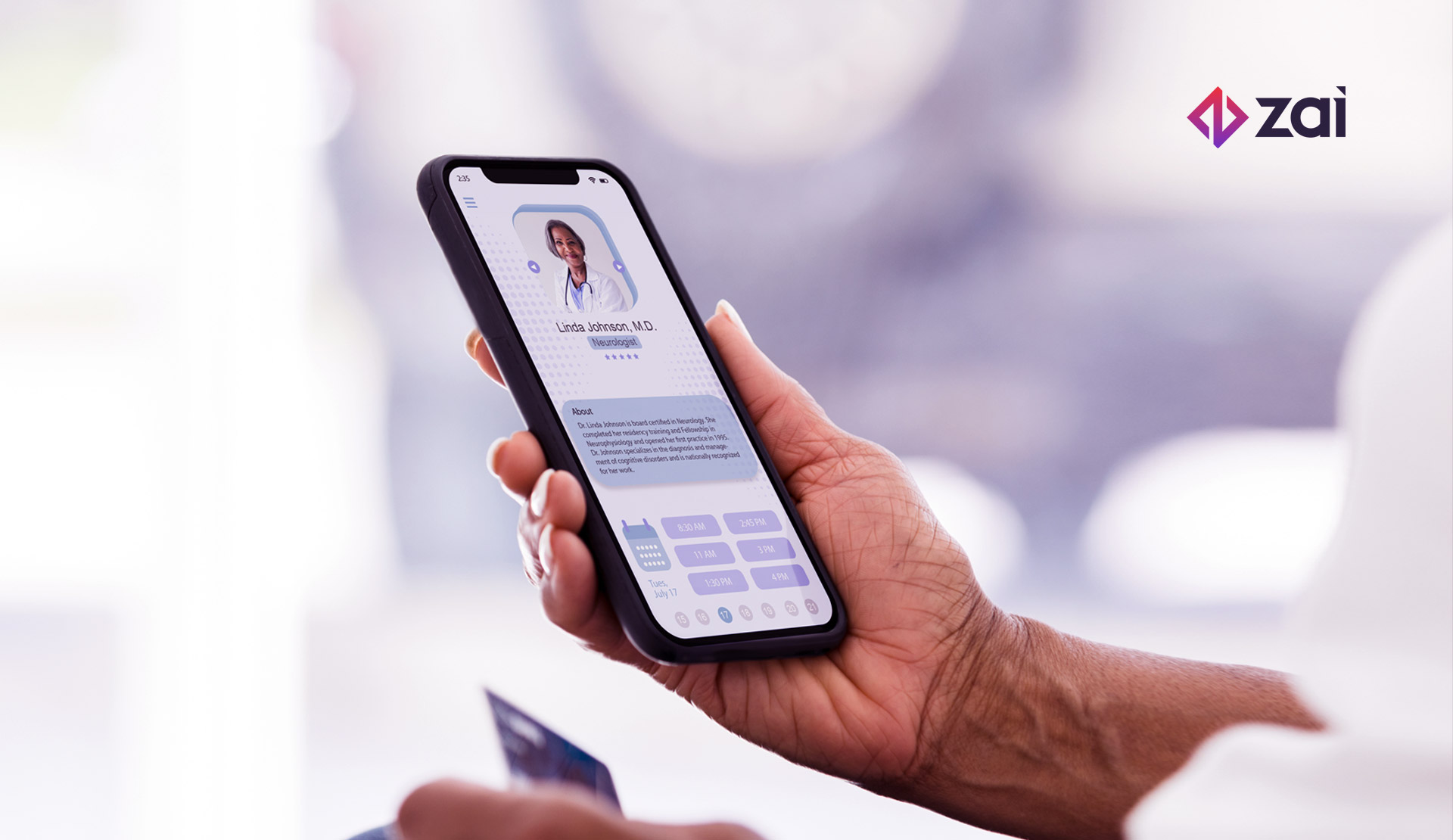In online marketplaces, delivering a great shopping cart experience for customers, sellers and platform administrators is vital to the success of any e-commerce platform.
Payments are collected from customers via the front-end shopping cart, while a back-end platform collects commissions for the marketplace and distributes payments to businesses. It seems simple enough, but the process doesn’t always go to plan. According to the Baymard Institute, the average documented online shopping cart abandonment rate is just under 70%. In other words, only three out of every 10 customers who add items to their shopping cart end up completing the purchase. While this is the accepted norm, it’s also lost revenue for marketplaces and their vendors.
A report by Finance Online indicates that in 2021, online retailers lost US$4.6tn in revenue as a result of cart abandonment. While there are some common but unpreventable customer behaviors that increase bounce rate, online retailers could have recovered US$260bn in lost orders through optimizing the shopping cart experience.
By removing the obstacles between browsing and buying that prevent customers from completing purchases, an improved shopping cart experience also means marketplaces are better able to attract and retain vendors. To thrive in an increasingly competitive sector, marketplaces must continually improve their shopping cart experience.
With the aim of helping marketplaces streamline their payments processes to gain efficiency and consumer trust, in this article we'll dive into the details of best-practice shopping cart experiences.
Shopping cart experience for customers
In contrast to a physical shopping cart, the act of adding an item to an online shopping cart doesn’t confirm that the customer will complete the purchase. When browsing a digital marketplace, customers tend to use the shopping cart to sort desirable items from other products.
While some customers will review the items in their carts and narrow down their purchase, others don't intend to make a purchase at all. For example, a customer might use the shopping cart to compare prices with other stores, to make a wish list, or to compile a list of items to find in a physical store.
Although these common behaviors will increase your bounce rate, they're unpreventable. It’s helpful to keep this in mind, because improving your marketplace shopping cart experience isn’t about changing these behaviors; it’s about addressing the preventable reasons customers abandon their shopping cart. For example:
-
They're forced to create an account.
-
The checkout process is too complicated or confusing.
-
They don’t trust the payment service provider.
-
They can’t use their preferred payment method.
-
They're redirected to another website to complete the purchase.
-
Your website design looks dated or isn’t optimized for mobile viewing.
-
The shopping cart experience lacks additional value.
-
High or unexpected shipping costs.
The following best practises will improve the shopping cart experience for customers, which can reduce the rate of cart abandonment and increase marketplace revenue.
1. Highlight shipping offers, reviews and security features
A study by Forrester found that 61% of customers prefer shopping with a store that offers free shipping. Offer free shipping on orders over a certain amount and actively persuade customers to take advantage of it.
According to a 2021 survey, 99.9% of consumers read reviews. The same survey also revealed that shoppers who visit a product page with one to 10 reviews are 52.2% more likely to convert than those who visit pages without any reviews.
When it comes to letting your customers know your site is safe and secure, images are far more effective than words. As 18% of shoppers abandon their carts because they don’t trust the site with their payment details, seeing trust badges and logos of familiar payment brands is an important part of the shopping cart journey.
2. Adding an item to the cart should not disrupt browsing
When a customer adds an item to the shopping cart, automatically sending them to the checkout page isn't best practise. If they are looking for multiple items or want to consider alternatives, they're forced to go back to the search page and start over.
Simply confirm that an item has been added to the cart and give them the option to continue shopping or proceed to the checkout. This confirmation is also a great opportunity to cross-sell or upsell with a display of related products.
Not only should the shopping cart icon change color to show that there are items waiting to be purchased, it should also appear in the upper-right corner of the page and clearly display the number of items in the cart.
The best practise is to include a live mini-cart that can be referenced from any page on the marketplace. The mini-cart should display the order summary, subtotal, and navigation buttons linking to the cart page and the product page for each item. Once a customer decides to view their cart, a clear checkout button that stands out on the page is a design feature that will help them proceed.
3. Allow customers to checkout as guests
When customers create accounts, it’s easier for marketplaces and vendors to learn about them for more effective marketing. However, requiring that customers create an account before purchasing adds friction to the buying journey. Not only does this give them time to reconsider, but it could also drive the customer to shop somewhere else.
Either way, 24% of shoppers abandon their cart because they needed to create an account. Not only do consumers have too many login details to remember these days, but they're also becoming more selective about where they create accounts. This is one of the many shifts in consumer preferences leading to growth in vertical marketplaces.
Allow customers to checkout as guests and suggest they create an account after the checkout process is complete. By the time they reach the “thank you” page, customers have already input most of the necessary information and are more likely to opt in after a friction-free experience. Alternatively, send them an email a couple of days later.
Either way, providing an incentive is important — a store coupon, for example, or access to content or a community that your niche marketplace customers would find valuable.
It’s important to realize, however, that some customers will continue returning to purchase from your marketplace without ever creating an account. This is the shopping experience they prefer, so in addition to making this option available, make it a clear value proposition — it could have a big impact on your conversion rates and revenue.
4. Keep the entire checkout process on one page
Crashing websites and page loading errors account for 13% of preventable cart abandonments.
Separate pages for the cart summary, shipping address, billing and payment not only increase the risk of page loading errors, but each new page provides another opportunity for customers to bounce. With many e-commerce sites following Amazon’s one-click checkout trend, it’s crucial to narrow the gap between browsing and buying.
Keep the checkout form short and sweet, but include a clear order summary, familiar payment logos, and social proof to put the customer’s mind at ease.
5. Autofill to reduce frustration and increase conversions
The entire checkout process should be completed within 30 seconds. According to a Forter survey of US consumers, 50% said they were likely to abandon their shopping cart if the checkout process took longer than half a minute. Filling out personal information is the least fun part of shopping.
While nearly one out of five shoppers abandoned a cart in the first quarter of 2022 due to a checkout process that was too long and complicated, the right autofill settings can enable your customers to complete their checkout journey within a few seconds. They’ll also have less time to reconsider the purchase.
Filling out the same information repeatedly on different websites is a big source of frustration for customers. As many will already have their personal information saved with Google, autofill is a must for marketplaces.
6. Provide transparent calculations of the final cost
According to Baymard Institute, 48% of customers abandon their shopping carts because of unexpected shipping costs, while not being able to see or calculate the total order cost upfront accounts for 16% of abandoned shopping carts.
Avoid surprises at the checkout by letting customers know what to expect upfront with shipping and tax estimates, clearly communicating any additional fees. As customers might need to stay within a certain budget, they'll appreciate the transparency concerning the final cost.
7. Offer multiple payment options
Payment methods play a crucial role in the user experience (UX) of marketplaces. Not only is it important to avoid customer frustration at the end of the checkout process by clearly communicating the accepted payment methods before the process begins, but it’s becoming increasingly crucial to provide as many payment options as possible.
More than simply appreciated by customers, convenient and flexible payment options are fast becoming the expected norm. While offering multiple payment options increases conversion rates, 42% of US consumers would cancel a purchase if their preferred payment method wasn’t available. This is understandable, as customer perceptions about the security of each payment method will differ.
According to Forbes, 50% of e-commerce in 2022 will take place on mobile phones. In addition to a mobile-friendly cart experience, popular digital wallets like ApplePay and GooglePay need to be among your marketplace’s payment options.
Accepting multiple payment methods makes it much easier for marketplaces to meet each shopper’s preferred payment method head-on, offering a valuable sense of convenience and security to a larger number of customers.
In addition to mobile wallet payments, marketplaces that offer local bank transfers, payments in numerous currencies, and flexible payment options like buy now, pay later (BNPL) will be favored by shoppers and sellers now and into the future. As BNLP options like Afterpay work in favor of the purchase, it’s best practice to display these options right next to the full price on product description pages.
Marketplaces also need to consider that global adoption of cryptocurrency grew 881% in 2021 and has increased by over 2,300% since Q3 2019. With tangible advantages to buyer and seller alike, crypto is a payment option that marketplaces can no longer ignore.
Shopping cart experience for sellers
Your marketplace's success depends on having engaged sellers with access to the tools and insights they need to reach customers, make sales and grow their business. In addition to providing sellers with on-demand access to data-driven insights from any device, marketplaces can encourage vendor loyalty by demonstrating their commitment to a great user experience (UX) for both customers and sellers.
With a growing number of e-commerce options to choose from, a great shopping cart experience can help your marketplace prove its value to existing and prospective vendors.
1. Clearly display compliance certification
Just as customers like to be assured that they are sharing information and spending money through safe and secure channels, marketplaces can foster trust among vendors by providing a shopping cart experience with built-in compliance.
Marketplace shopping carts that clearly display certifications from the International Organization for Standardization, such as the ISO 27001 for secure information management, can reassure vendors that their business is operating on a safe and legally compliant platform.
Knowing their payouts are protected against money laundering and other cyber crimes, marketplace sellers can focus on growing their business.
2. Enable efficient and flexible payment processes
Once money is collected from customers on the front end, it must be distributed to businesses via a backend payment platform. The accelerated adoption of fintech and other innovations in recent years has resulted in high expectations among consumers regarding payments.
Like everyone else, sellers expect to be paid on time. As such, marketplaces with the most efficient and flexible payments process built into their shopping cart will cultivate the most valuable experience for vendors. Where real-time payments aren’t possible, overnight payments have become the minimum expectation.
Just as customers have a variety of preferences concerning the way they make purchases online, there's no single way that marketplace vendors prefer to receive their payouts. Whether it’s a local bank, overseas bank or digital wallet, sellers appreciate a shopping cart that can send real-time payments directly to their preferred account.
3. Pay sellers in their own currency without fees
While international transfer fees reduce profits for overseas vendors, fluctuating foreign exchange (FX) rates introduce a higher degree of business risk. To operate a successful global marketplace, it’s essential to attract and retain sellers from around the world.
Marketplaces that can pay vendors from other countries in the same way their local vendors are paid will have considerably more international success. API integrations can enable shopping carts to pay into local bank accounts worldwide, which means cross-border payments are treated the same as local transfers.
Not only does this mean no international transfer fees and transparent access to the best available FX rates, but it also means same-day transfers on major currencies.
4. Use technology for responsive communication and support
While there are many ways tech innovations can improve the way marketplaces communicate with their vendors, responsive and supportive communication is especially important when it comes to the seller's shopping cart experience.
For example, receiving an automated, real-time notification when a customer completes the shopping cart process not only helps vendors ship orders on time, but it also makes it easier for them to manage stock and liquidity.
Artificial intelligence (AI) is another great example. In addition to providing nuanced, round-the-clock support for sellers through a new breed of chatbot, AI can use natural language processing (NLP) to translate the shopping cart experience into the language your international vendors are most comfortable with.
5. Provide access to personalized tools for marketing and tax
Promotions, discounts, and coupon codes are vital for marketing campaigns to increase revenue and boost customer loyalty. As such, shopping cart integrations that enable vendors to use and manage personalized and customizable marketing tools can increase seller loyalty and marketplace revenue.
From customizable cart-abandonment emails with discount codes to inbuilt pay-per-click (PPC) advertising features, there are many marketing tools that can help vendors drive conversions from their end of the shopping cart.
While traditional businesses are adapting to their new digital reality, marketplaces and other online platforms need to adapt to the new tax reality. As government regulations begin to catch up with technology, new tax laws for e-commerce are emerging around the world.
With global, regional and local governments implementing new and diverse tax regulations, the complexity of selling through an online marketplace has increased. From calculating sales tax to generating tax compliant invoices, marketplace vendors are seeing the challenge of maintaining tax compliance on an international scale.
By integrating tax reporting tools with the shopping cart, marketplaces can ensure their international team of sellers can operate their businesses in a compliant manner while hiding unnecessary complexity behind a helpful interface.
Shopping carts with personalized tools for tax and marketing not only help existing sellers stay engaged with the platform, but they’re also an attractive feature for prospective vendors.
Why Zai?
With Zai’s API solution, marketplaces can implement best practice shopping cart experiences for customers and vendors without burdening their team with time-consuming backend processes.
While the efficiencies enabled by Zai’s marketplace solution can help your business automate compliance and reduce costs, API technology is also highly flexible and customisable. Partnering with Zai means you get a scalable shopping cart that grows with your marketplace.
Contact our sales team here to find out more about how we can help your marketplace succeed. And don't forget to download our must-have guide on payments for marketplaces below.


.png?width=212&name=cover%20(2).png)


